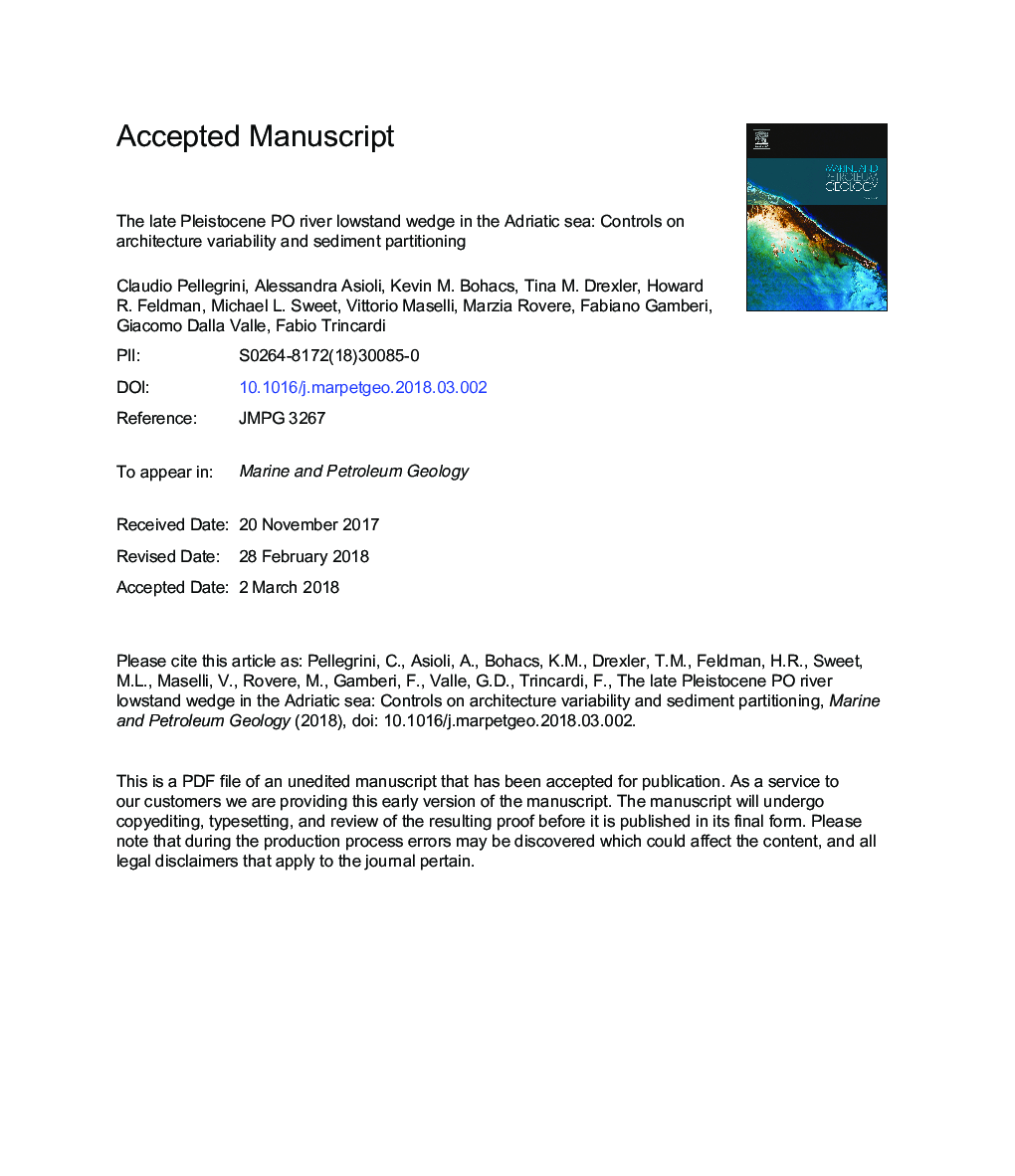| Article ID | Journal | Published Year | Pages | File Type |
|---|---|---|---|---|
| 8908960 | Marine and Petroleum Geology | 2018 | 96 Pages |
Abstract
The high-resolution age control from boreholes and seismic data enabled us to relate stratal character to independently constrained environmental proxies: this revealed how the evolution of a shelf-edge system intricately convolves the influences of both global (eustacy) and regional (climate-driven supply fluctuations) controls, both at sub-Milankovitch scales. Finally, the thickness, geometry, and stacking patterns of the centennial to millennial clinothems of the PRLW vary in systematic ways resulting in geometries that closely resemble those of ancient shelf-edge systems, and offering the PRLW as a sub-modern analogue. Our observations also reinforce the focus of the classic sequence-stratigraphic approach on analyzing surfaces and their geometric relations and not on time duration or formation mechanisms.
Keywords
Related Topics
Physical Sciences and Engineering
Earth and Planetary Sciences
Economic Geology
Authors
Claudio Pellegrini, Alessandra Asioli, Kevin M. Bohacs, Tina M. Drexler, Howard R. Feldman, Michael L. Sweet, Vittorio Maselli, Marzia Rovere, Fabiano Gamberi, Giacomo Dalla Valle, Fabio Trincardi,
